Did you know Charlotte urban areas have surged by more than 30% over the last decade? As North Carolina’s Queen City swells with new residents and innovations, its neighborhoods are transforming into vibrant hubs that blend tradition and progress. Whether you’re a young professional searching for the pulse of uptown, a family in need of leafy green space, or simply curious about the best places to live in Charlotte, this guide reveals why Charlotte urban areas stand out—and how to find your perfect spot.
Charlottes Urban Areas Revealed: Surprising Population Growth and Neighborhood Diversity
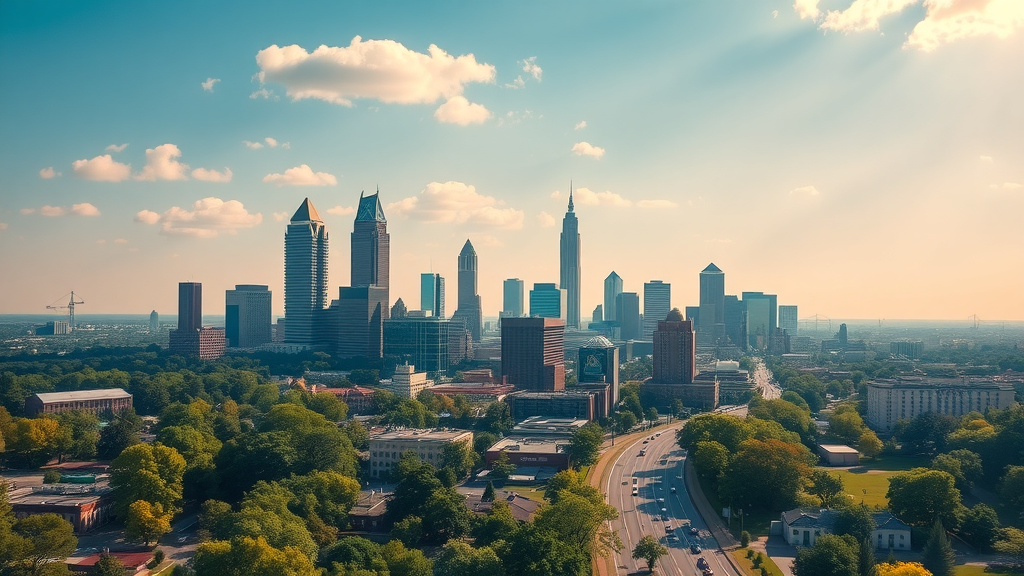
In the last ten years, the city of Charlotte has grown by more than 30% , making it one of the fastest-expanding metropolitan hubs in the Southeastern US. This remarkable surge has not only transformed the cityscape but also brought about a rich mosaic of neighborhoods, each with distinct cultures, amenities, and historical roots. From the bustling vibe of Uptown Charlotte to the tree-canopied streets of Myers Park , the city offers a myriad of living options suited for a diverse population, reflecting the increasing population and the dynamic shifts in Charlotte neighborhoods .
- Did you know Charlotte urban areas have grown by more than 30% in the last decade?
- Explore how such fast-paced development is reshaping the city's neighborhoods.
"Charlotte has transformed from a mid-sized city to a vibrant urban hub, drawing young professionals and families alike." – Urban Studies Scholar
What You'll Gain by Understanding Charlotte Urban Areas
Gaining insights into the unique mix and growth patterns of Charlotte urban areas empowers you to make informed decisions—whether you're searching for your first home, considering new schools, or simply seeking vibrant city life.
- Insights into the best Charlotte neighborhoods for different lifestyles
- A comparison of iconic areas, such as Myers Park, Uptown Charlotte, and Plaza Midwood
- Guidance for young professionals on top places to live in Charlotte
- Answers to common questions about Charlotte urban areas
With this guide, you'll discover the neighborhood offers that best suit your needs, understand unique cultural landmarks, and pick up local secrets for seamless integration into the city’s thriving communities.
Charlotte Urban Areas Overview: Key Charlotte Neighborhoods and Living Options
The city of Charlotte is a tapestry of varied neighborhoods, each providing a distinct living experience. High-density areas are defined not just by the sheer volume of residents, but by access to robust public transit like the light rail , mixed-use developments, and lively corridors peppered with local business and entertainment venues. The growth of both new developments and revitalized historic quarters showcases the enduring draw of Charlotte neighborhoods for a broad spectrum of residents.
Whether you prefer the bustling city core or a more suburban-urban blend, Charlotte presents an array of places to live with unique identities, vibrant arts scenes, and essential modern conveniences. The influx of young professionals has fueled innovation in walkability, public amenities, and housing, all while maintaining ties to historic charm and a sense of community—a hallmark of the Charlotte neighborhood model.
What Defines Charlotte Urban Areas?
- Core characteristics: density, public transit access, mix of commercial and residential spaces
- The mosaic of Charlotte neighborhoods — from historic districts to innovative developments
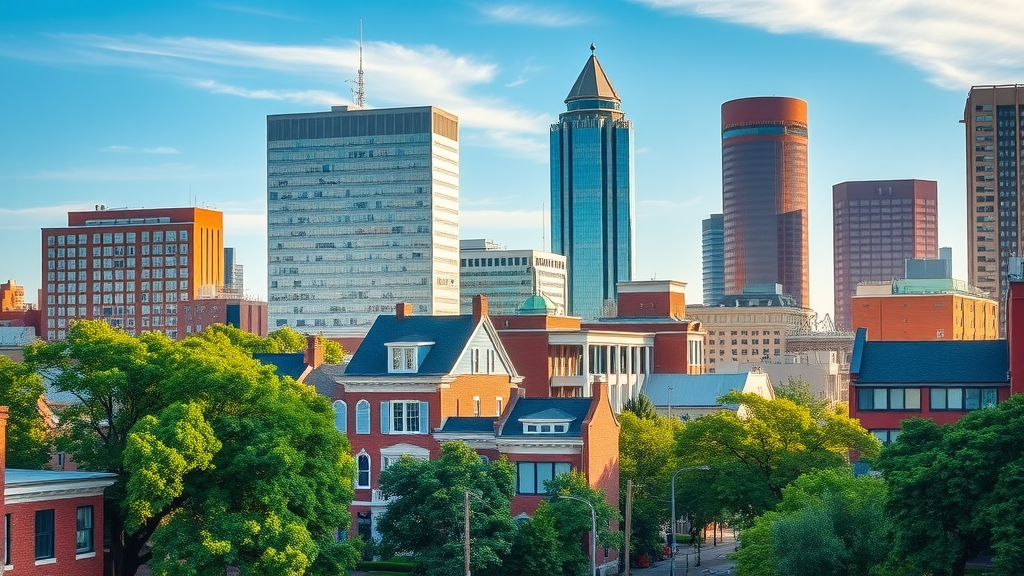
Typical Charlotte urban areas are characterized by a high degree of walkability and bike-friendliness, with amenities often within walking distance. A mix of modern high-rises, boutique shopping, and classic architecture define the skyline, while diverse cultural offerings provide residents with every opportunity to engage in local life. The seamless blend of new, modern developments and preserved historic structures is part of what makes the city of Charlotte so attractive to newcomers and long-term residents alike.
In neighborhoods like Plaza Midwood and South End , urban living is enhanced by access to light rail, hip eateries, and local art galleries, while more traditional areas like Myers Park prioritize green space and elegant homes. This range of offerings demonstrates why Charlotte neighborhoods are drawing an ever-diversifying crowd of residents, including young professionals and growing families.
Top Charlotte Neighborhoods for Young Professionals
- Uptown Charlotte: The business and cultural heart
- Plaza Midwood: Eclectic, artsy, and walkable
- South End: Trendy, new developments with easy light rail access
| Neighborhood | Vibe | Commute | Amenities | Walkability |
|---|---|---|---|---|
| Uptown Charlotte | Urban/Modern | Excellent Transit | Museums, Eateries | High |
| Plaza Midwood | Artsy/Hipster | Quick to Center | Bars, Galleries | High |
| Myers Park | Historic/Leafy | Car-Friendly | Parks, Boutiques | Moderate |
| South End | Trendy/New | Light Rail Line | Breweries, Shops | High |
"For young professionals, Charlotte urban areas balance affordability and lifestyle perks better than most Southeastern US cities." – Local Realtor
Deep Dive: Myers Park, Uptown Charlotte, Freedom Park, and Plaza Midwood
Myers Park: Historic Charm and Green Spaces in Charlotte Urban Areas
- Tree-lined streets and classic architecture
- Proximity to Freedom Park and boutique shopping
- Coveted for families and established professionals
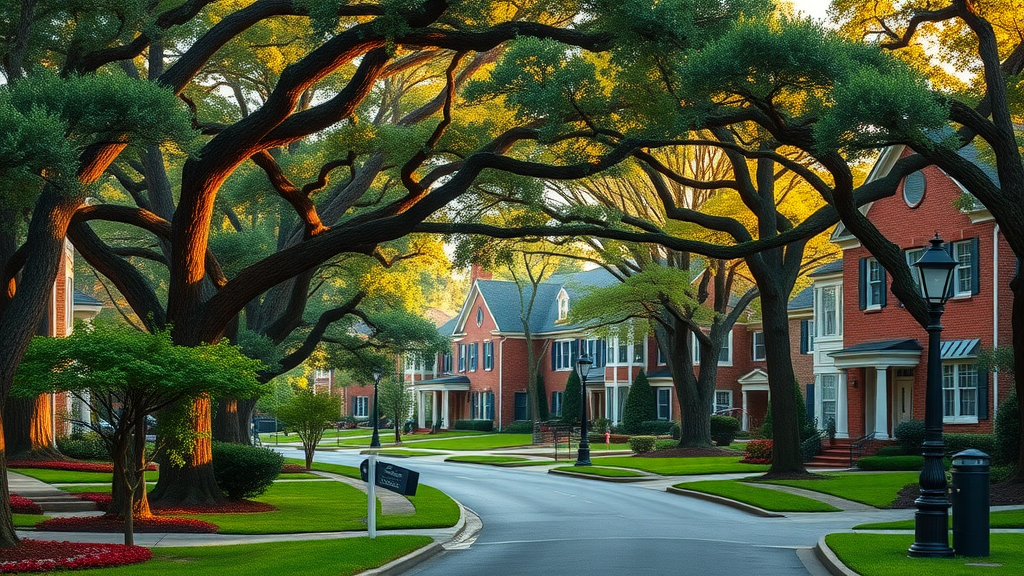
The Myers Park neighborhood stands as one of the most cherished areas within Charlotte urban areas , famed for its canopy of mature oak trees arching above wide, winding roads. Classic brick homes and stately mansions evoke the city’s past, making this sector particularly captivating for families and established professionals seeking a tranquil retreat with a touch of grandeur. The contiguous Freedom Park acts as a green oasis, while boutique stores and cozy cafes dot the area, providing ample opportunities for leisure and community engagement.
Beyond mere aesthetics, Myers Park offers residents a sense of stability and legacy, with access to reputable schools, proximity to Queens University , and easy routes to central business districts. Those who crave a blend of traditional Southern charm and modern convenience will find Myers Park an unbeatable option among the top Charlotte neighborhoods .
Freedom Park: Urban Oasis at the Heart of Charlotte
- Spanning nearly 100 acres between Myers Park and Dilworth
- Community events, sports facilities, walking trails
- Anchor for neighborhood recreation and wellness
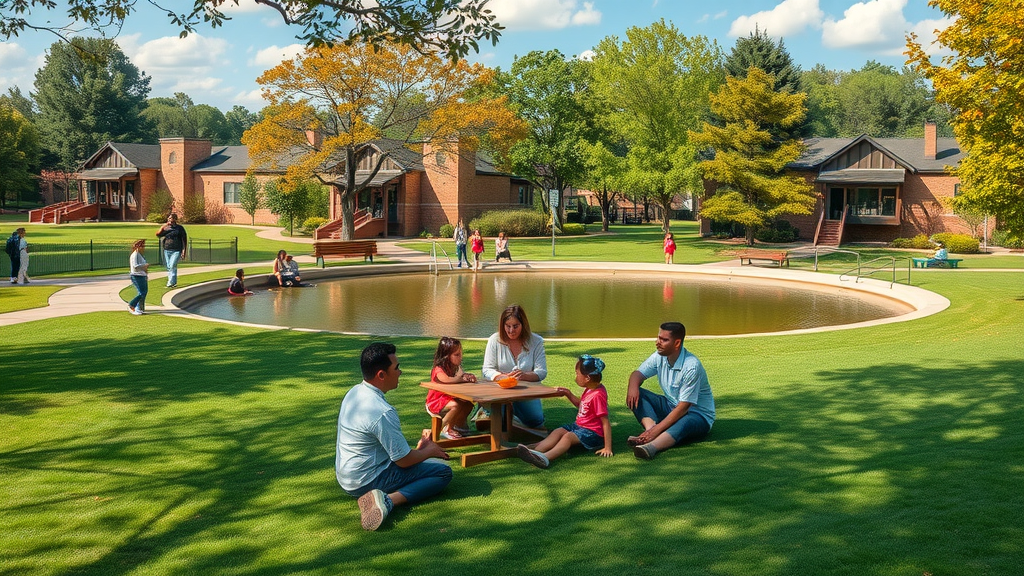
Freedom Park is a hallmark of green space in Charlotte urban areas . Located between Myers Park and Dilworth, the park’s sprawling 98 acres offer everyone – from fitness enthusiasts to families – a respite from city bustle. Walking trails snake past tranquil ponds, while open fields host local community events , seasonal fairs, and wellness activities. The park's atmosphere is friendly and active, making it a vital hub for recreation and socializing in the heart of the city.
Beyond its recreational facilities, Freedom Park is known for fostering an inclusive spirit, bringing together residents from various neighborhoods for festivals, team sports, and weekly meetups. Its central location ensures easy access for those living in adjacent neighborhoods, connecting to the broader Charlotte community with convenience and charm.
Experiencing Uptown Charlotte: The Ultimate Urban Living
- Corporate headquarters, nightlife, and sports arenas
- Public transportation hub — Charlotte Area Transit System (CATS)
- Cultural landmarks: Mint Museum, Blumenthal Performing Arts Center
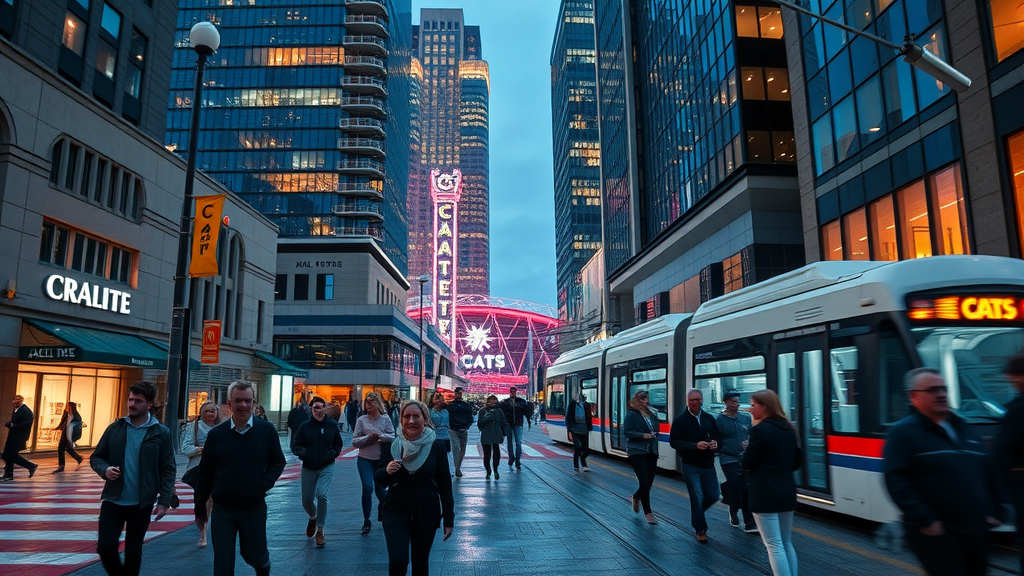
Uptown Charlotte serves as the economic, cultural, and entertainment epicenter of the Queen City . Skyscrapers house corporate giants, including major financial institutions and tech companies, making it a magnet for young professionals . After work, residents and visitors flood the area to enjoy high-end dining, live music, and local sporting events at venues like the Spectrum Center and Blumenthal Performing Arts Center . The neighborhoods’ proximity to museums such as the Mint Museum provides endless exposure to the arts.
Efficient public transportation is a standout feature here—CATS light rail and bus lines offer easy access to all city corners, eliminating the need for daily commutes by car. Whether you enjoy spontaneous urban adventures or need to stay connected to the business district, Uptown Charlotte delivers a non-stop, walkable lifestyle in one of the state’s most thriving charlotte neighborhoods .
Plaza Midwood: The Hipster Heart of Charlotte Urban Areas
- Vibrant street art, indie coffee shops, quirky boutiques
- Diverse nightlife: gastropubs to vintage bars
- Popular among artists, creatives, and young professionals
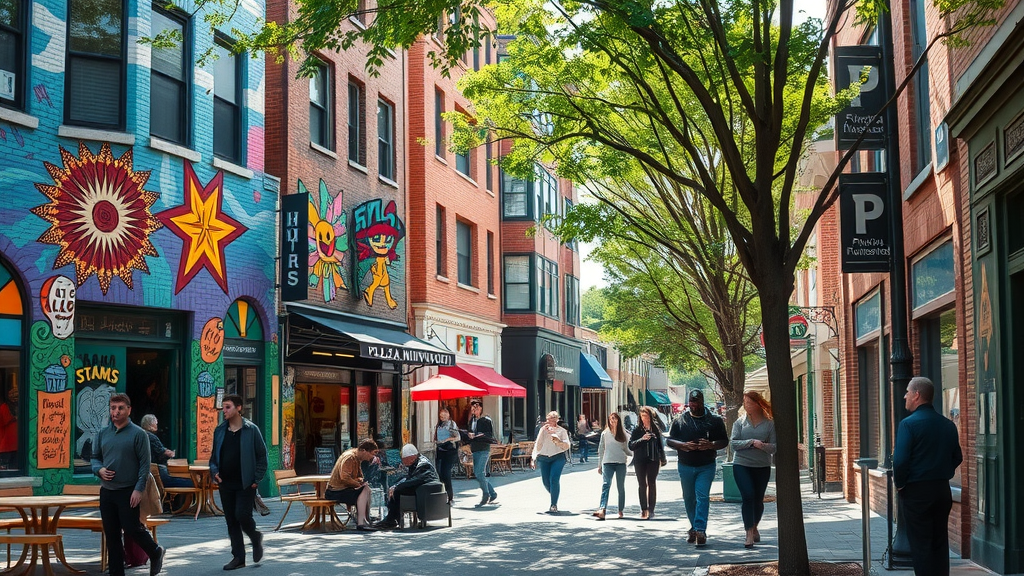
Plaza Midwood stands out as Charlotte's hipster enclave, teeming with creative energy and a laid-back yet edgy vibe. Bright murals decorate local businesses, art galleries thrive, and indie coffee shops serve as gathering points for the city’s creative minds. This neighborhood offers some of Charlotte’s most diverse dining, ranging from food trucks to chic gastropubs, drawing both locals and visitors for a taste of the unexpected.
Its charm lies not just in nightlife and culture, but also in its authentic community spirit. Residents of Plaza Midwood are passionate about supporting local business and preserving the area’s unique character—qualities that make it a favorite among artists, musicians, and aspiring entrepreneurs. For a walkable, dynamic, and ever-evolving lifestyle, Plaza Midwood exemplifies the energetic core of Charlotte urban areas .
Exploring Places to Live in Charlotte Urban Areas: From Uptown to Suburban-Urban Blend
- Comparing Edge neighborhoods: NoDa, Elizabeth, and South End
- Downtown high-rises vs. historic bungalows
- Rental market insights and homebuying trends
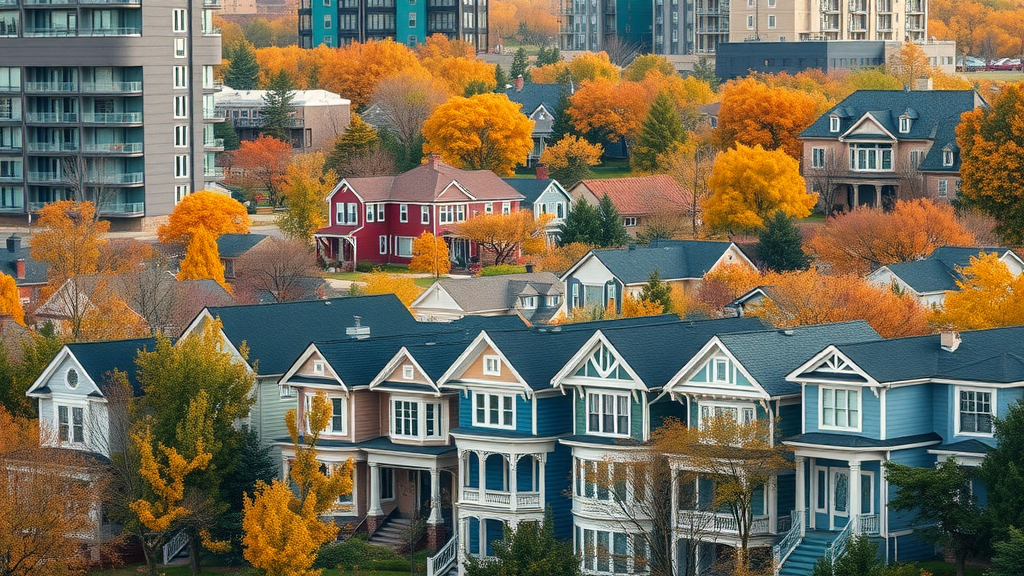
The Charlotte neighborhoods on the city’s edge—including NoDa, Elizabeth, and South End—offer a fascinating blend of classic homes and sleek new developments. In neighborhoods like NoDa, you'll find colorful historic bungalows next to modern apartment complexes, all within walking distance of arts venues, breweries, and the light rail for easy commutes. South End, in particular, shines for its young, trendy population and pedestrian-friendly main streets lined with hip coffee shops and contemporary art galleries.
Soaring demand means the rental market is highly competitive, with prices reflecting both convenience and neighborhood cachet. Those eager to buy will find a robust real estate scene with options ranging from luxury condos in Uptown high-rises to charming family homes in Elizabeth or Myers Park. The expansion of the queen city has allowed for broader housing choices, while maintaining strong community bonds and a variety of urban experiences—all adding to the appeal of Charlotte urban areas for every stage of life.
People Also Ask About Charlotte Urban Areas
Is Charlotte an urban area?
- Charlotte is a major urban center in North Carolina, featuring a dynamic mix of residential, commercial, and entertainment districts that exemplify rapid metropolitan growth.
What are good areas in Charlotte, NC?
- Some of the best areas in Charlotte include Myers Park, Uptown Charlotte, Plaza Midwood, South End, and Dilworth, each offering unique amenities and atmospheres.
What part of Charlotte is downtown?
- Uptown Charlotte is the city's central business district, commonly referred to as 'downtown,' characterized by its high-rise buildings, bustling nightlife, and central transit connections.
What is the hipster part of Charlotte, NC?
- Plaza Midwood is widely regarded as the 'hipster' enclave of Charlotte, known for its alternative culture, diverse dining, and creative scene.
Navigating Charlotte Urban Areas for Young Professionals
- Where to find the best apartments and co-working spaces
- Social hot spots: music venues, restaurants, and breweries
- Networking opportunities and professional organizations in Charlotte neighborhoods
- Walkability scores and bike-friendliness

Young professionals are flocking to Charlotte urban areas not only for career opportunities, but also for the city's emphasis on lifestyle and connectivity. The best apartments cluster around Uptown, South End, and Plaza Midwood, offering modern amenities, city views, and easy access to popular music venues and breweries. These neighborhoods rank high on walkability, making them ideal for those who prefer to live without a car and enjoy spontaneous outings with friends.
Co-working spaces have also proliferated, supporting the city’s growing tech and startup scene. For those looking to build both career and community, options abound: professional associations, after-hours networking events, and local meetups connect you with peers while helping you settle into Charlotte’s fast-paced, welcoming atmosphere.
Checklist: Moving to Charlotte Urban Areas
- Research Charlotte neighborhoods and tour the best places to live
- Consider commute preferences—car, public transit, or walkability
- Connect with local community groups and resources
- Assess school districts, safety, and local amenities
- Budget for living expenses in key Charlotte urban areas
Understanding your own priorities—budget, transit preferences, amenities, and lifestyle—will help you select the Charlotte neighborhood that’s truly the best fit. Touring in person or virtually can provide invaluable perspective, and tapping into local resources such as online forums or city guides can help smooth your relocation process.
FAQ: Answering Common Charlotte Urban Areas Queries
- How affordable is living in Charlotte urban areas? Housing and living costs in Charlotte remain lower than many other major US cities, though prices have been rising as demand increases. Options range from affordable apartments in NoDa to luxury condos in Uptown.
- What is the best time of year to relocate to Charlotte neighborhoods? Spring and autumn are especially popular, thanks to mild weather and a bustling calendar of cultural events and festivals, making it easier to explore the city’s neighborhoods.
- Are there pet-friendly communities in Plaza Midwood and Uptown Charlotte? Yes, many apartments and condos in these neighborhoods cater to pet owners, with on-site dog parks and easy access to trails or green spaces like Freedom Park.
- How has urban development impacted local culture? Growth has brought exciting diversity and a wealth of amenities, but efforts remain strong to preserve historic sites, foster local business, and maintain a sense of community across Charlotte neighborhoods.
Expert Tips for Choosing Where to Live in Charlotte Urban Areas
- Balance lifestyle with proximity to work centers
- Explore neighborhoods at different times of day
- Leverage apartment locators and local realtors
- Prioritize must-have amenities and community events
Choosing among Charlotte urban areas means weighing your ideal lifestyle against practicality. Visit neighborhoods both day and night for a genuine sense of the community, and don't hesitate to consult experienced realtors who understand the latest trends and hidden gems. Above all, don’t overlook the value of community—events, green spaces, local markets—and how they align with your personal needs.
Key Insights and Resources for Exploring Charlotte Urban Areas
- Charlotte Chamber of Commerce city guides
- Walk Score and transit resources for efficient city living
- Urban area maps and online neighborhood communities
Empower yourself with tools like Walk Score to assess neighborhood walkability, and tap into online communities for up-to-date advice and recommendations. Using official city guides can also introduce you to cultural highlights and local events you might otherwise overlook, ensuring a well-rounded exploration of Charlotte neighborhoods before you move.
Real Stories: Why Residents Love Living in Charlotte Urban Areas
"I moved to Plaza Midwood for the vibe and stayed because of the sense of community. Charlotte urban areas really have something for everyone!"
"Working in Uptown Charlotte gives me access to top employers and endless after-hours fun. It’s a fantastic place for young professionals."
Residents across Charlotte urban areas consistently praise the balance between job opportunities, social life, and the welcoming, neighborhood feel. Whether your passions are career, culture, or community, Charlotte has a neighborhood that feels like home.
Your Guide to Visiting and Living in Charlotte Urban Areas: Start Exploring Today
- Schedule a virtual tour or in-person visit to Charlotte neighborhoods
- Use city planning tools to map out your commute and amenities
- Engage with local forums for tips on transitioning to the area

If you’re considering a move, start by visiting your favorite Charlotte neighborhoods —either in person or virtually. Interactive tools and local forums can streamline your housing search and help you set realistic expectations around pricing, amenities, and commute options in Charlotte urban areas .
Why Charlotte Urban Areas Stand Out as Top Places to Live
- Unmatched growth and opportunity for all backgrounds
- Diverse neighborhoods catering to varied interests
- Vibrant arts, sports, and business communities
Charlotte’s explosive growth, combined with strong inclusivity, varied lifestyles, and ongoing innovation in arts, sports, and business, cements its reputation as one of the best places to live in North Carolina—and the entire Southeast. Whether you seek connection, career growth, or cultural excitement, Charlotte urban areas are equipped to deliver.
Make Your Move: Explore the Best of Charlotte Urban Areas Today!
Take action—tour your favorite neighborhoods, engage with local forums, and discover Charlotte’s most dynamic urban areas before making your move. The best of city living awaits!
Watch: Video Guide to Charlotte Urban Areas
- Introduction to Charlotte’s dynamic neighborhoods
Watch: Neighborhood Deep Dives – Myers Park, Uptown, Plaza Midwood
- Resident interviews and local perspectives
Start your Charlotte journey: compare neighborhoods, connect with locals, and experience the city’s vibrant urban lifestyle for yourself.
 Add Row
Add Row  Add
Add 


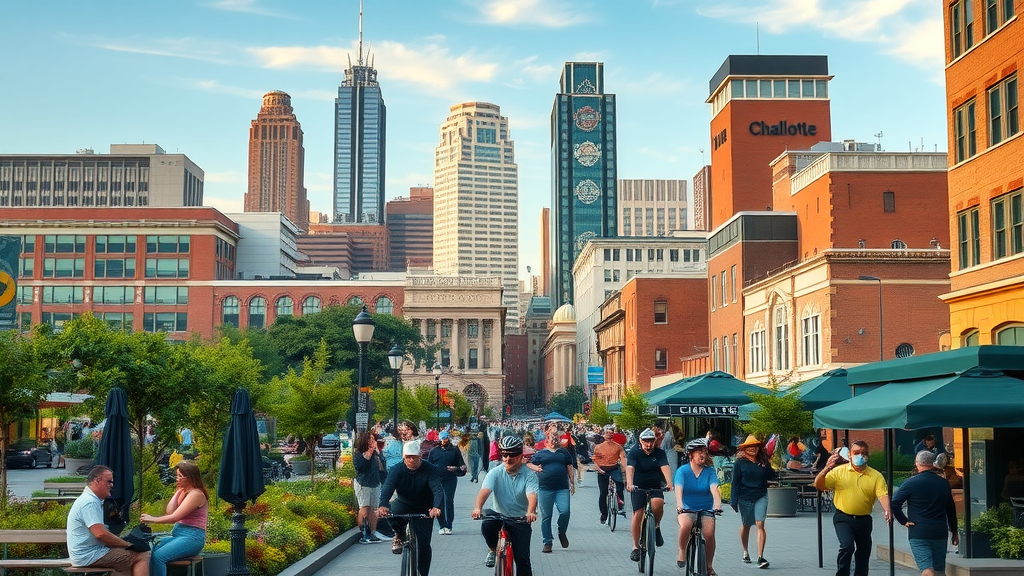
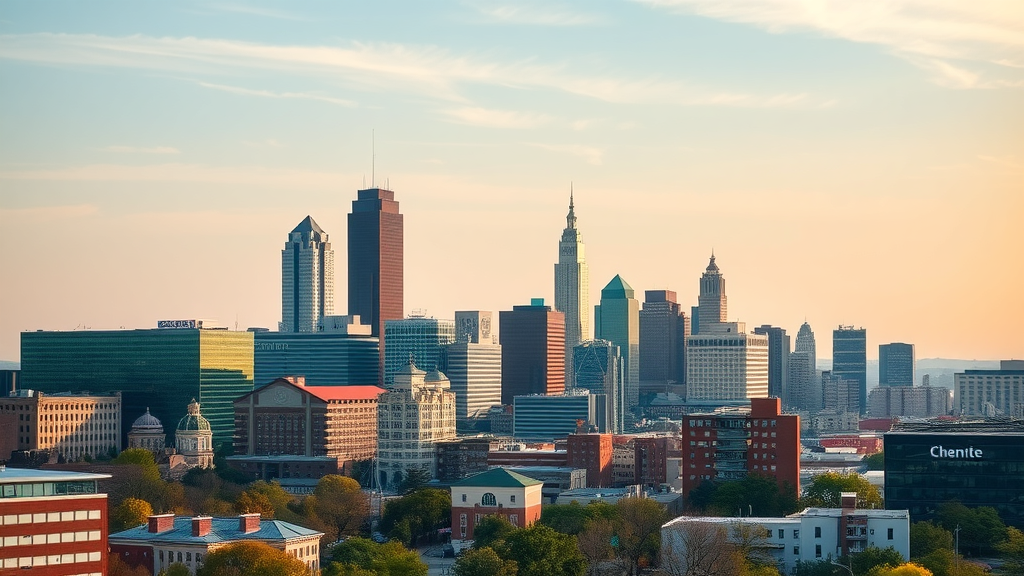
Write A Comment